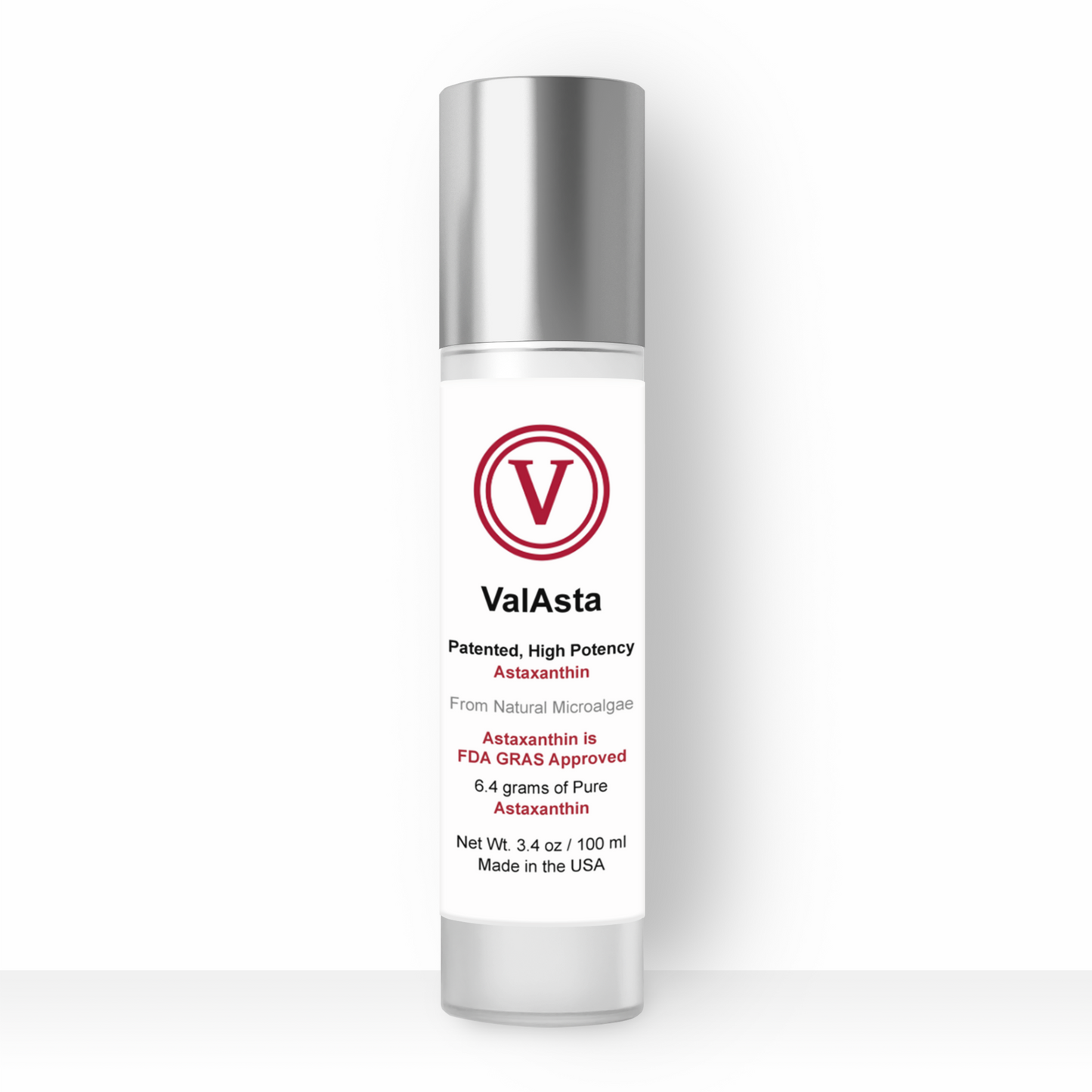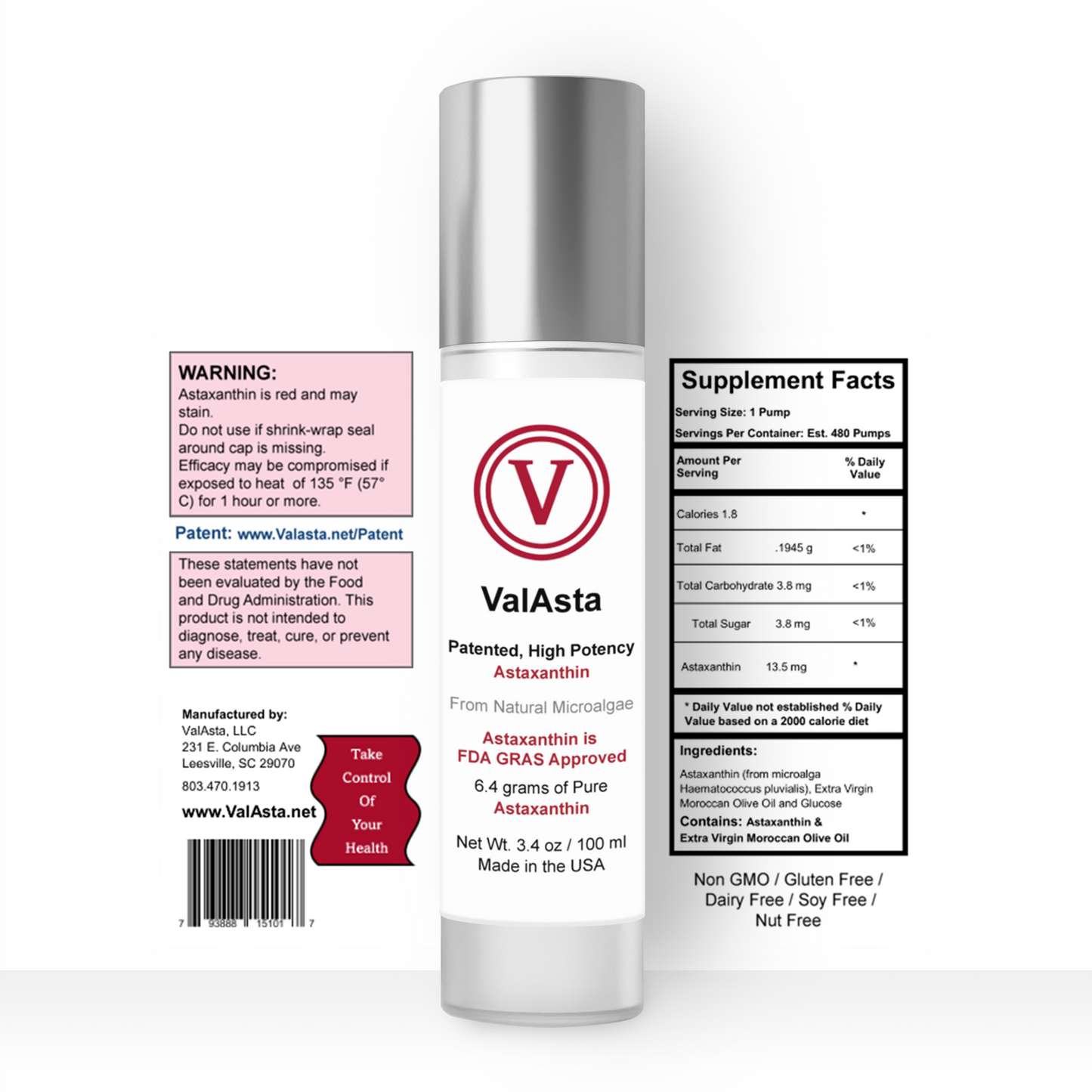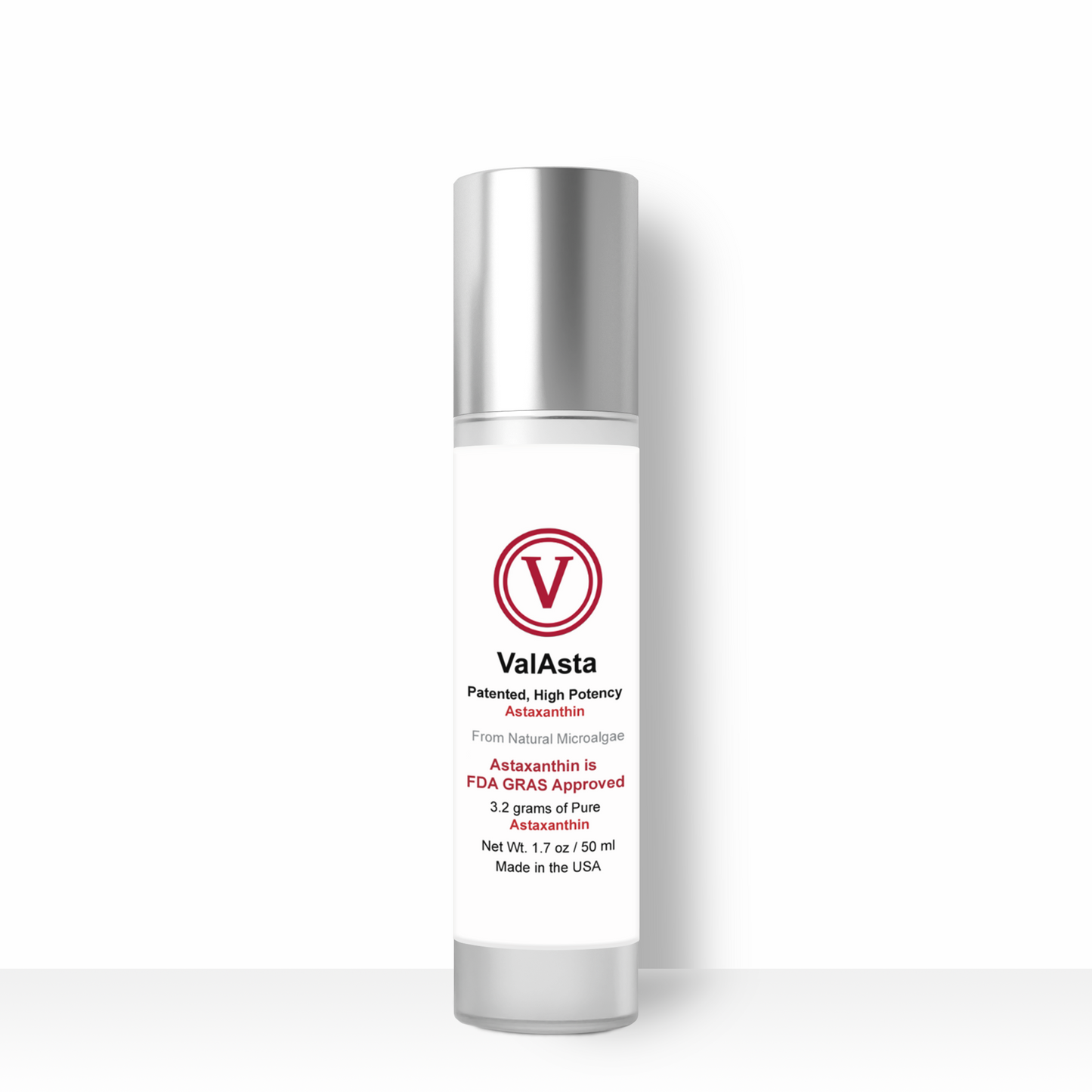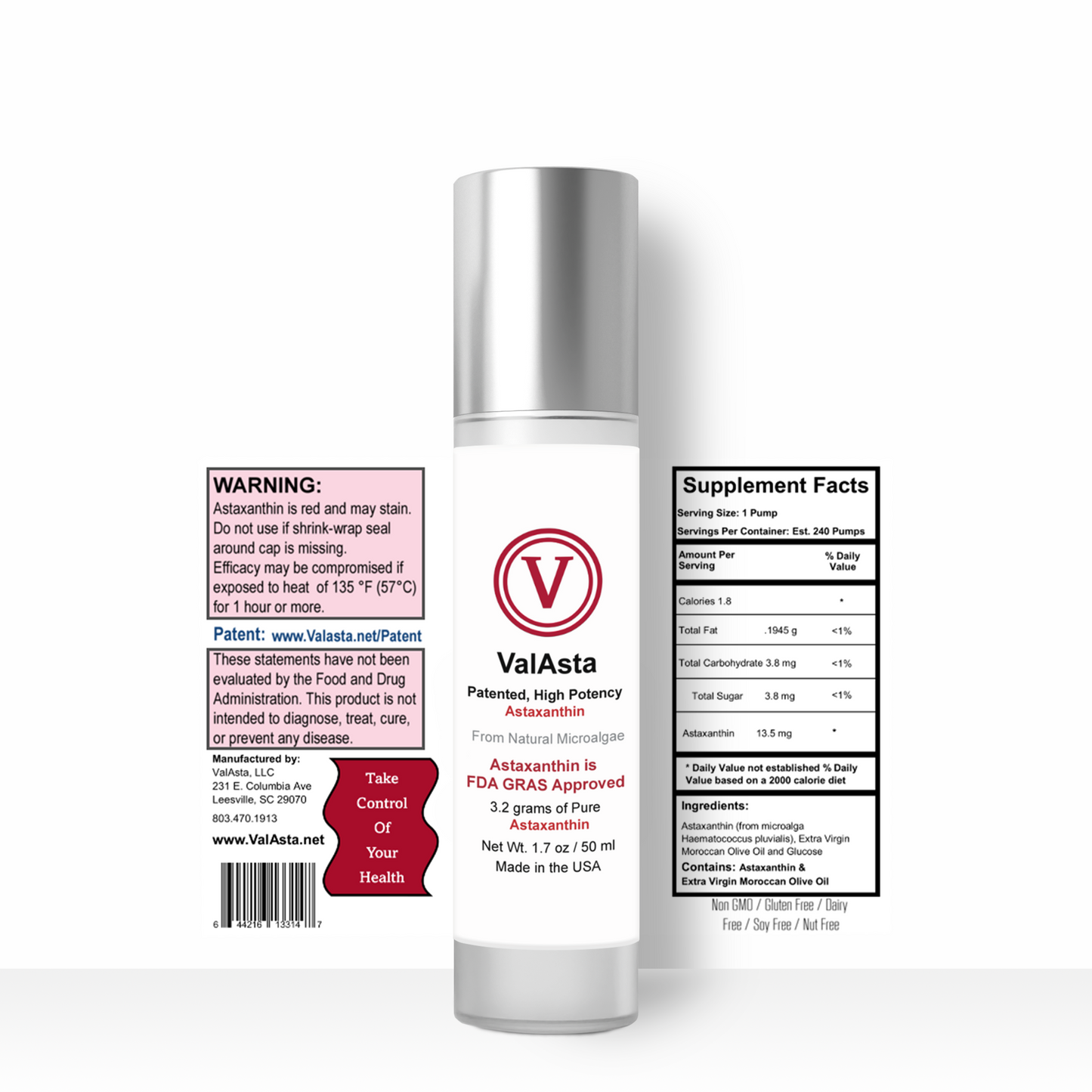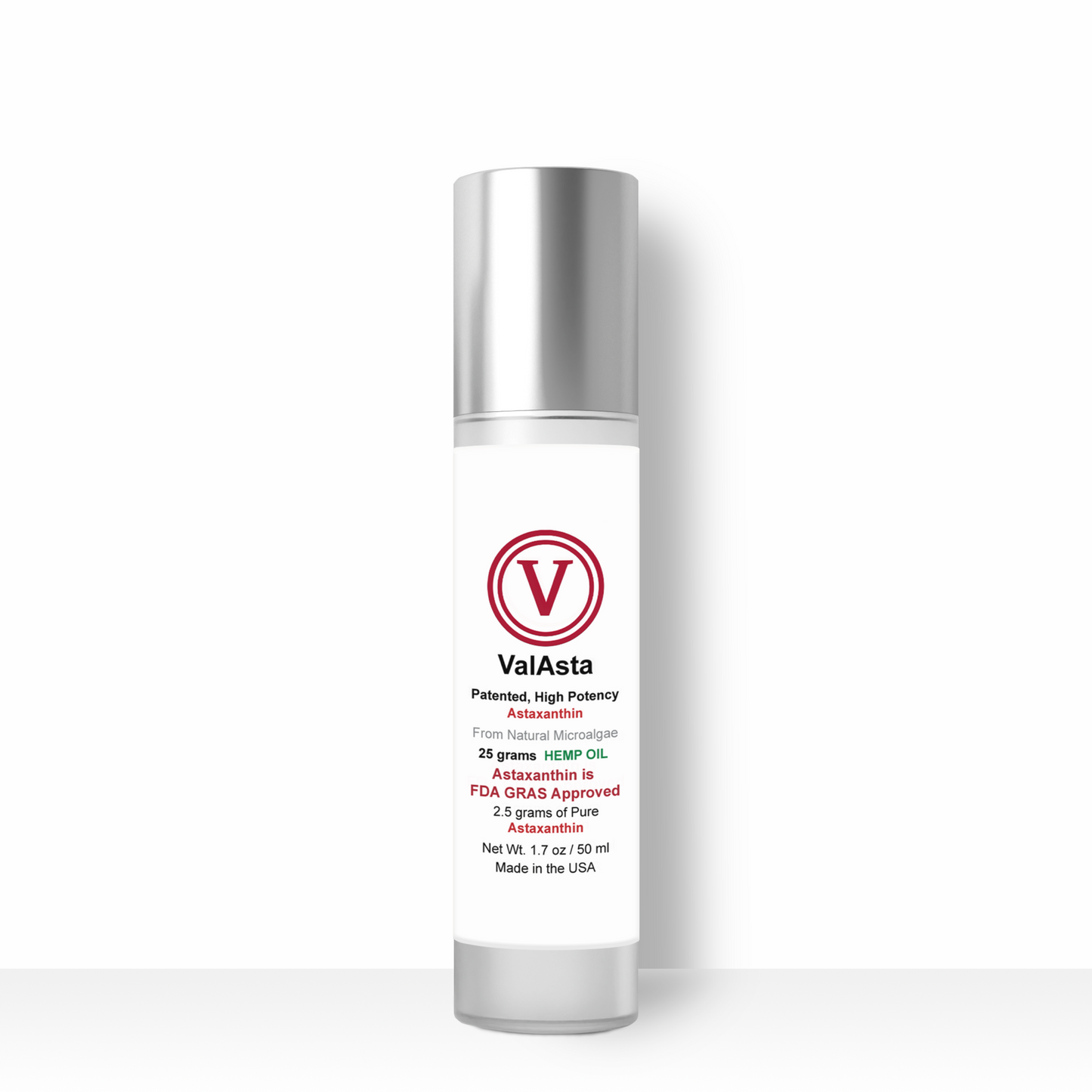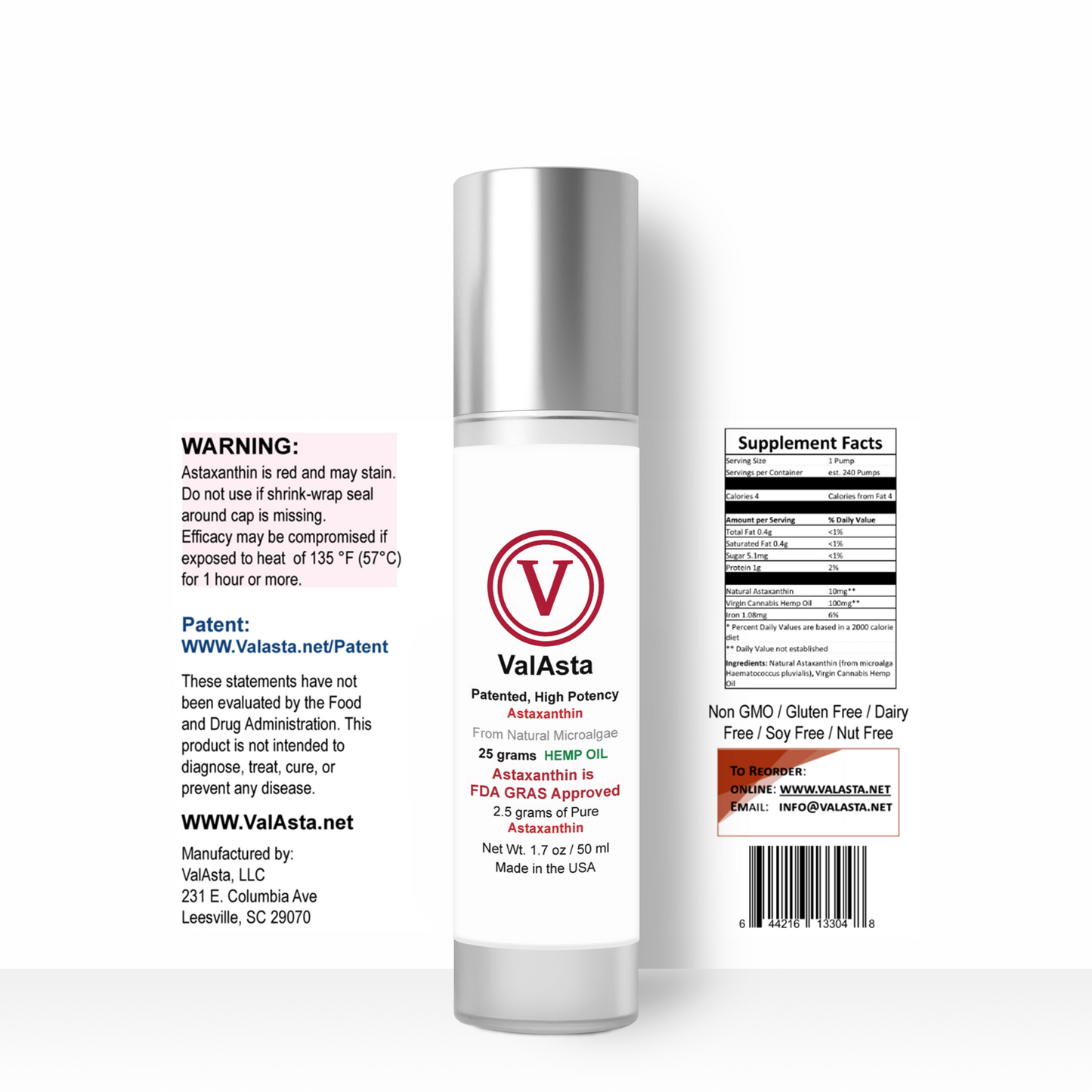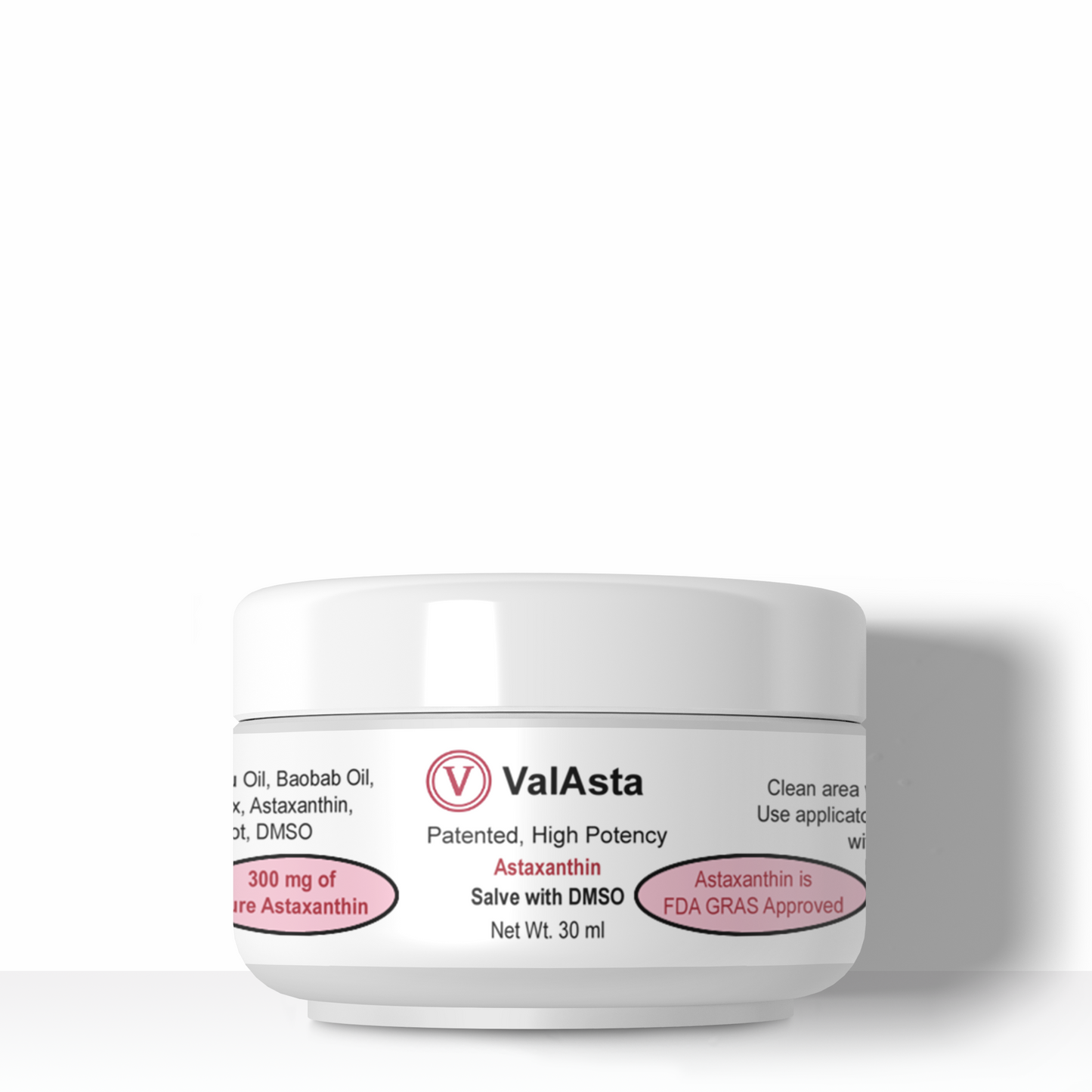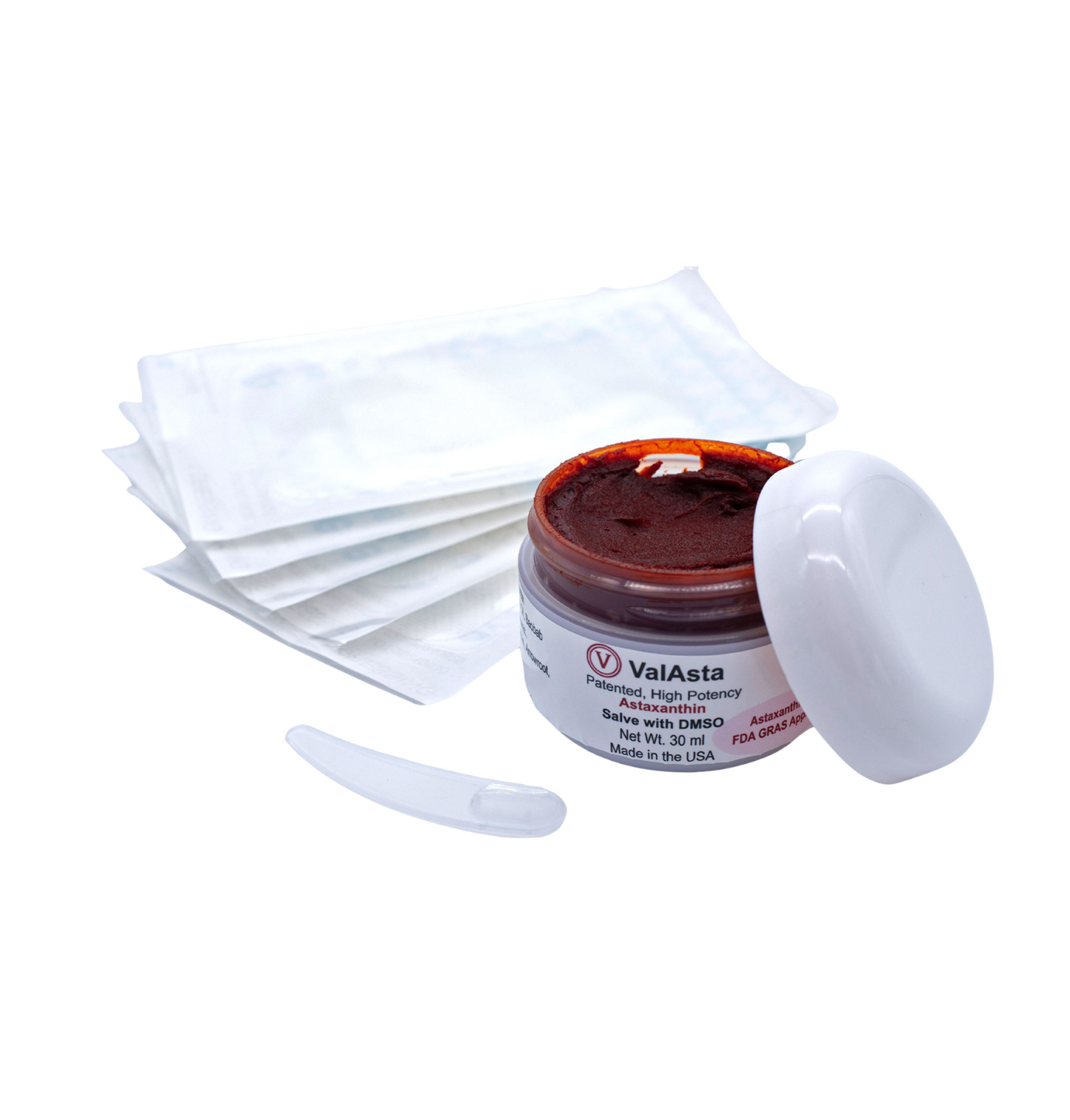
Antioxidants and Redox Signaling
Vol. 5, Number 1, 2003
©Mary Ann Liebert, Inc.
Wataru Aoi, 1,2 Yuji Naito, 1 Kunihiro Sakuma, 3 Masashi Kuchide, 4 Harukuni Tokuda, 4 Takashi Maoka, 5 Shinya Toyokuni, 6 Shigenori Oka, 7 Masahiro Yasuhara, 3 and Toshikazu Yoshikawa, 1
Abstract
Dietary antioxidants may attenuate oxidative damage from strenuous exercise in various tissues. Beneficial effects of the antioxidant astaxanthin have been demonstrated in vitro, but not yet in vivo. We investigated the effect of dietary supplementation with astaxanthin on oxidative damage induced by strenuous exercise in mouse gastrocnemius and heart. C57BL/6 mice (7 Weeks old) were divided into groups: rested control, intense exercise, and exercise with astaxanthin supplementation. After 3 weeks of exercise acclimation, both exercise groups ran on a treadmill at 28 m/min until exhaustion. Exercise-increased 4-hydroxy-2-nonenal-modified protein and 8-hydroxy-2'-deoxyguanosine in gastrocnemius and heart were blunted in the astaxanthin group. Increased in plasma creatine kinase activity, and in myeloperoxidase activity in gastrocnemius and heart, also were lessened by astaxanthin. Astaxanthin showed accumulation in gastrocnemius and heart from the 3-week supplementation. Astaxanthin can attenuate exercise-induced damage in mouse skeletal muscle and heart, including an associated neutrophil infiltration that induces further damage. Antioxid. Redox Signal. 5, 139-144.
To continue reading: Astaxanthin Limits Exercise-Induces Skeletal and Cardiac Muscle Damage in Mice

